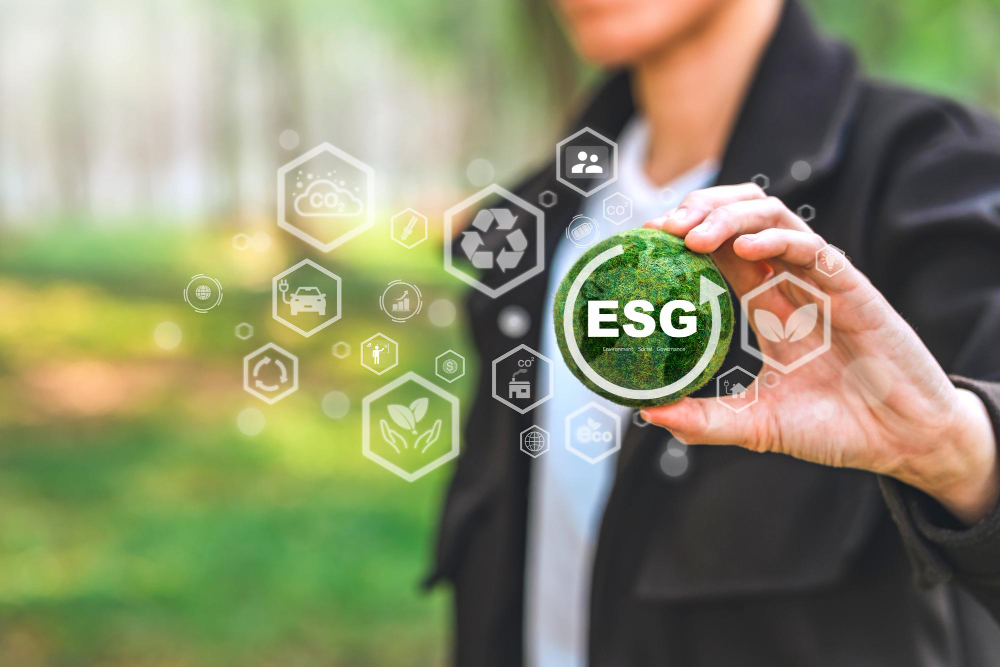The global economy currently consumes over 100 billion tons of raw materials annually, with only 8.6% of this being reused, highlighting a significant “circularity gap”, according to Circularity Gap Report 2021. In response, integrating circular economy (CE) principles into business models is emerging as a critical shift from the traditional linear “take-make-dispose” approach. This transition offers a powerful pathway to decouple economic growth from finite resource consumption. This article will explore the compelling business case for CE adoption, the profound operational and cultural changes required, and how expert guidance, including ESG intelligence platforms, can facilitate a smooth and profitable transition.
The Business Case for Circular Economy Adoption
The business case for adopting circular economy principles is compelling, extending beyond environmental stewardship to tangible economic benefits. By prioritizing durability, reparability, and reuse, companies can significantly reduce operational costs, primarily through minimized raw material consumption and waste management expenses. For instance, a study in 2025 by the Ellen MacArthur Foundation projected that circular economy practices in the EU could slash waste disposal costs by up to EUR 600 billion by 2030.
Beyond cost savings, CE fosters new revenue streams through innovative models like “product-as-a-service,” where companies rent or lease products rather than selling them outright. This approach also enhances supply chain resilience by reducing dependence on volatile virgin material markets. Furthermore, a strong commitment to CE can significantly improve brand image, attract sustainability-conscious consumers willing to pay a premium for green products, and drive innovation, boosting overall competitiveness in a market valued at approximately USD 9.31 billion in 2024 and projected to reach USD 18.85 billion by 2034.

Operational and Cultural Shifts for Circularity
Integrating circular economy principles demands profound operational and cultural changes within an organization, extending far beyond simple recycling initiatives. Operationally, businesses must rethink product design to facilitate reuse, repair, and remanufacturing, shifting from disposable models to closed-loop systems. This involves establishing robust reverse logistics for collecting used products and materials, and investing in advanced sorting and reprocessing technologies.
Culturally, the transition necessitates a fundamental reorientation of societal values and employee behaviors towards waste prevention and resource efficiency. This often means overcoming a “culture of avoidance” regarding waste and challenging traditional perceptions of “used materials”. For instance, consumer reluctance to reuse clothing due to traditional stereotypes highlights the need for market analysis and consumer education. Employee engagement is crucial, as the entire workforce must understand their role in minimizing waste, optimizing resource use, and participating in new circular processes, demanding new skills and mindsets. Without addressing these deep-seated cultural and operational hurdles, even the best circular strategies risk being ineffective.
Facilitating the Transition with Expert Guidance
Successfully navigating the complexities of circular economy integration requires strategic planning and, often, expert guidance. Circular Economy Consultants play a critical role as “change agents,” helping organizations analyze existing processes, identify opportunities for transformation, and develop comprehensive, customized strategies. Their expertise can pinpoint areas where circular principles can be seamlessly integrated into operations, from procurement to manufacturing and supply chain management. This guidance is vital in overcoming common barriers like budget constraints for complex circular processes, limited market applicability for recycled materials, and the absence of harmonized international standards.
Beyond strategic advice, experts facilitate crucial aspects like stakeholder education, analysis and tracking of sustainability metrics, and the identification of innovative waste reduction opportunities. Such expertise aids in aligning business and sustainability goals, driving growth, reducing costs, and enhancing business resilience. ESG intelligence platforms, such as NeoImpact with their advisory services, can significantly augment this transition by providing granular data, benchmarking capabilities, and transparent reporting. These platforms empower businesses to monitor their circularity performance, track material flows, and ensure alignment with ESG standards, offering actionable insights that drive both sustainable practices and profitability.
Conclusion
Integrating circular economy principles into business models is a transformative journey that offers substantial benefits, from significant cost reductions and new revenue opportunities to enhance brand reputation and supply chain resilience. However, this transition is not without its challenges, demanding profound operational overhauls and a fundamental shift in organizational culture and mindset. Overcoming these hurdles necessitates a clear strategic roadmap, cross-functional collaboration, and effective leadership. Expert guidance, supported by advanced ESG intelligence platforms like NeoImpact, is crucial for facilitating a smooth transition, enabling companies to precisely measure their impact, demonstrate credibility, and ultimately thrive in a future where economic success is inextricably linked to sustainable and regenerative practices.


